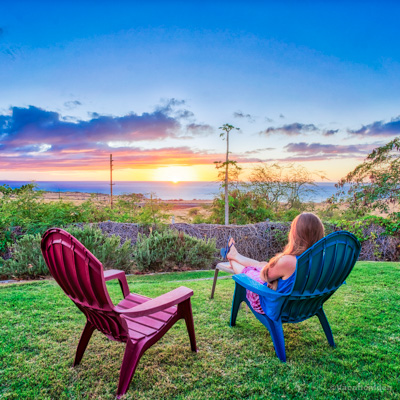Best Places to Go in Virginia

Searching for the most beautiful places to visit in Virginia on vacation? Well, you are in the right place! Since moving to the South, I've already spent over eight weeks exploring Virginia's beaches, parks and cities. Here are the places I think are perfect for a weekend getaway in the "Mother of States", and I hope you’ll enjoy them too.
- Best Places to Visit in Northern Virginia
- - Arlington - Alexandria
- Best Places to Visit in the Historic Triangle
- - Williamsburg
- Best Places to Visit in Shenandoah Valley
- - Winchester - Harrisonburg- Staunton
- Best Day Trips in Central Virginia / Piedmont
- - Charlottesville - Historic Shirley- Fredericksburg
- Best Places to Visit in Hampton Roads / Tidewater
- - Virginia Beach - Norfolk - Fort Monroe
- Best Places to Visit on the Eastern Shore
- - Chincoteague Island
Best Places to Visit in Northern Virginia
These Northern Virginia destinations are some of my favorite day trips from D.C. because there's so much history to see here but also super relaxing outdoors.
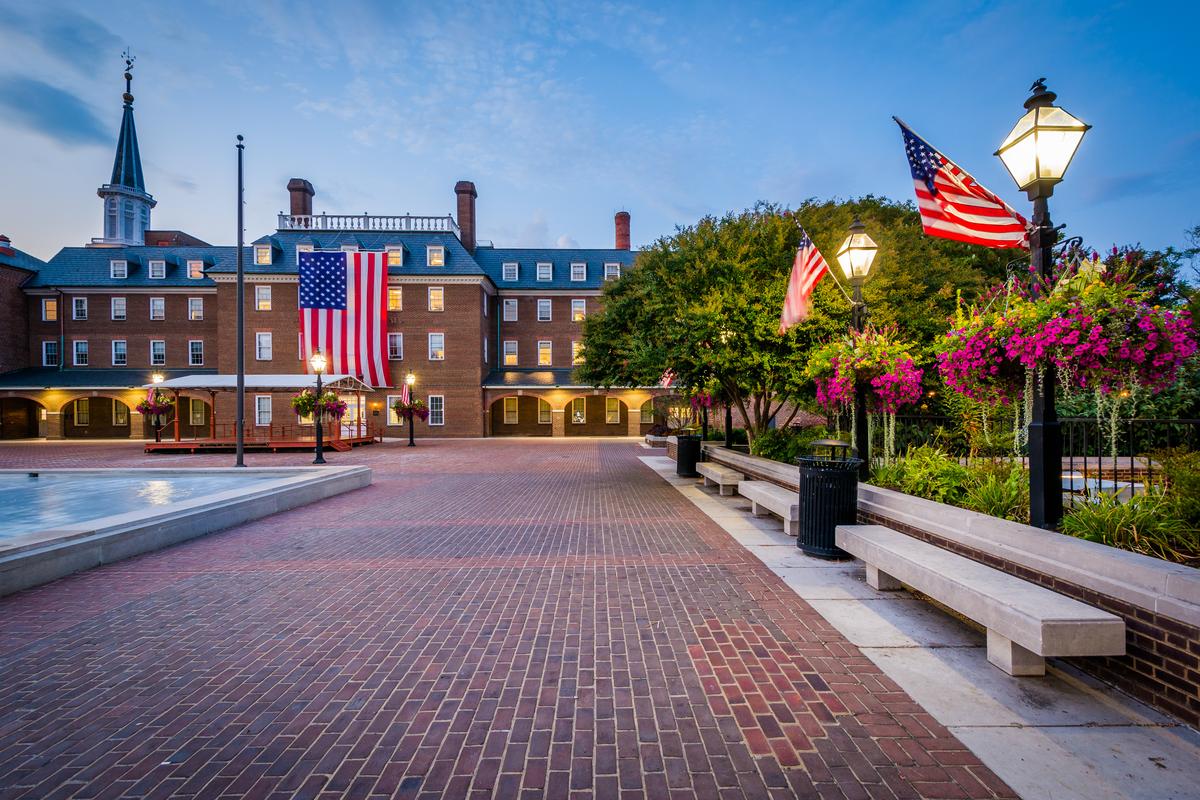
1. Alexandria
This is one of the most enchanting urban escapes I’ve experienced in Virginia, and I think it’s one of the best places near Washington, D.C. for a relaxing getaway.
After arriving from D.C. in 25 minutes, we wandered down King Street, lined with 18th- and 19th-century buildings now home to cafés and boutiques. At the riverfront, we explored the Torpedo Factory Art Center, a converted munitions plant that’s now a buzzing hub for working artists. Inside, we browsed open studios and exhibitions by members of The Art League, one of the region’s most vibrant arts organizations.
Staying in a Balcony King guestroom at 4-star Archer Hotel Old Town Alexandria for three days provided a comfortable base for exploring, complete with hypo-allergenic bedding and elegant decor. My visit this month coincided with Art on the Avenue, which made everything extra exciting.
I was most happily surprised by what a great culinary destination Alexandria turned to be (with over 200 restaurants in the Old Town area alone), ranging from historic establishments like Gadsby's Tavern to modern American at The Majestic, waterfront dining at Ada's on the River, and a diverse range of international cuisines like Greek at Taverna Cretekou and Italian at Mia's Italian Kitchen.
Local tip: Use the free King Street Trolley between the Metro station, King Street, and the waterfront without having to walk the whole way.
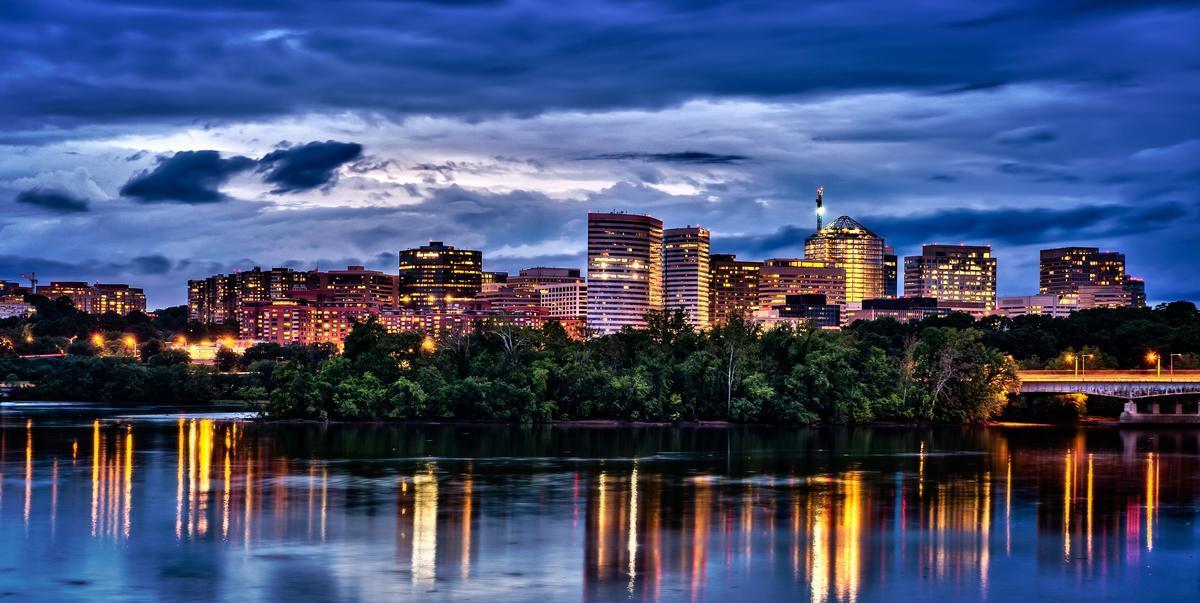
2. Arlington - 15 minutes from D.C.
We absolutely love Arlington, and have been many times. This urban gem has the energy of a major city with pockets of peaceful green space, and I think it’s easily one of the best places to stay when visiting the capital region.
We spent time wandering through Clarendon and Crystal City, and I thought it was an amazing way to experience the lively atmosphere without ever needing to cross into D.C. (but you can, if the mood strikes!)
We visited Arlington National Cemetery, where we could feel the history and remembrance - Watching the Changing of the Guard at the Tomb of the Unknown Soldier left a lasting impression on my son.
My personal highlight was watching the sunset from Gravelly Point Park, where planes from Reagan National Airport soared overhead.
Best Places to Visit in the Historic Triangle
I love visiting Williamsburg, Jamestown, and Yorktown which bring the 17th and 18th centuries to life through preserved towns, and living-history museums.
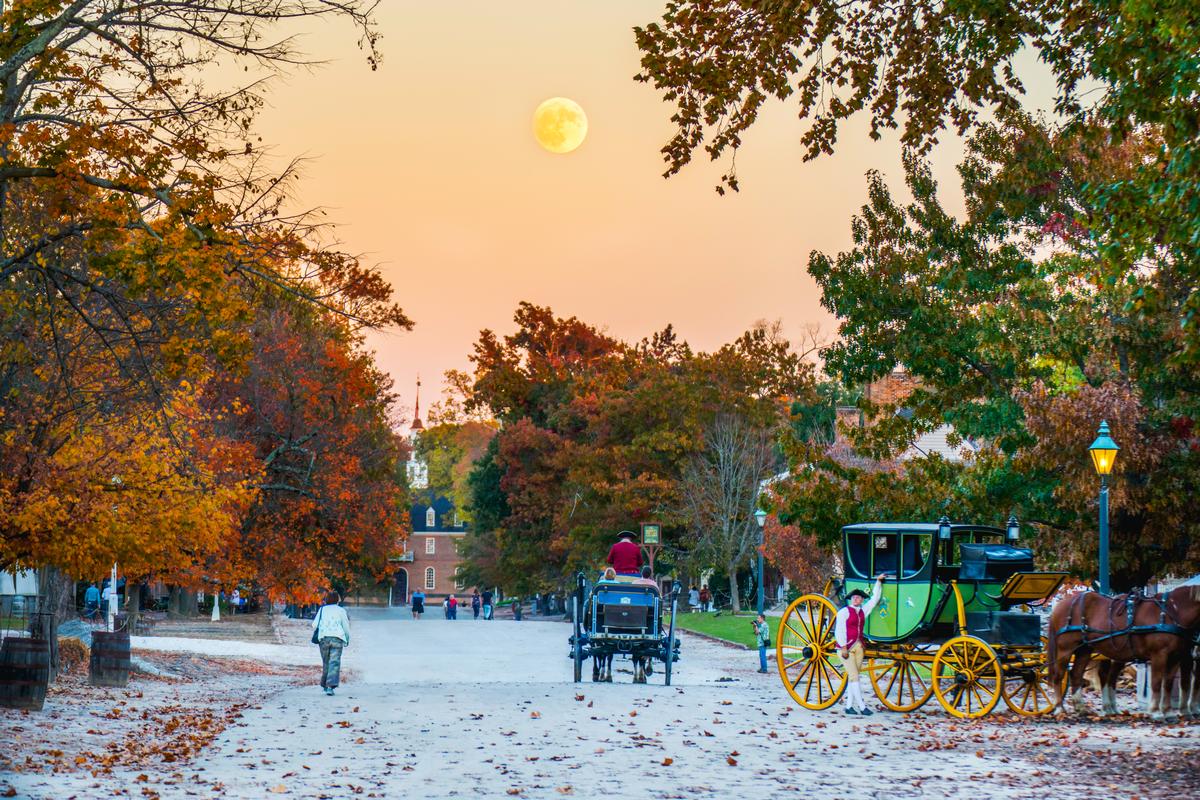
3. Things to Do in Williamsburg
Tucked into the heart of Virginia’s Tidewater region, for me, this place is one of the most charming and meaningful day-trip destinations in the state.
We started in Colonial Williamsburg, where cobblestone streets, brick buildings, and costumed interpreters made it feel like we had stepped back in time together.
My favorite part was wandering down Duke of Gloucester Street, walking slowly side by side as horses clopped past and the scent of fresh bread drifted from the taverns—it felt peaceful, intimate, and wonderfully unhurried.
In addition, I spent our time exploring artisan shops filled with hand-dipped candles and pewter trinkets, enjoying a hearty lunch at the 18th-century-style King’s Arms Tavern, and wandering through the beautifully preserved Governor’s Palace gardens.
As the sun dipped lower and lanterns began to glow along the historic streets, walking through Colonial Williamsburg in the early evening felt incredibly romantic, my favorite highlight!
Local tips: There some cool beaches we've enjoyed exploring near Williamsburg that you should definitely check out. Weekdays are better than weekends to avoid big crowds.
Best Places to Visit in Shenandoah Valley
I love hiking, scenic drives, historic downtowns and Civil War sites in the Shenandoah Valley, and on every trip back we discover something new and exciting.
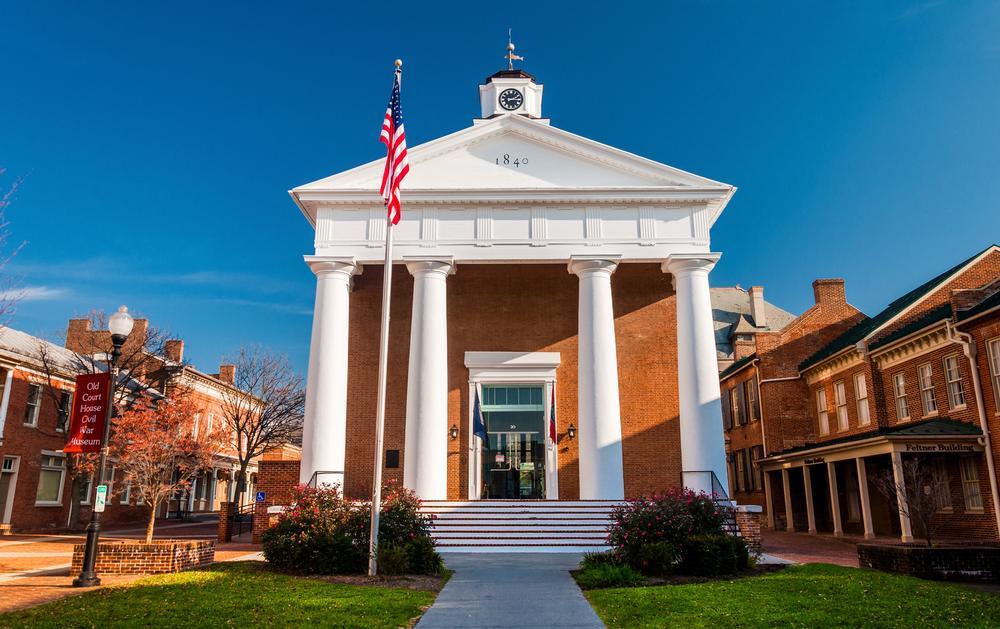
4. Winchester
This is one of the most surprisingly vibrant small cities I’ve visited in Virginia, and I think it’s one of the best places for an activity-packed escape.
Only a little over an hour by car from our last stop in Williamsburg, we started in Old Town Winchester, where the brick-lined walking mall immediately set the tone - inviting, relaxed, and full of local life.
My favorite part was strolling along the Old Town Winchester Pedestrian Mall together, ducking into Winchester Book Gallery, antique shops, little boutiques, and then ending at Water Street Kitchen for a delicious lunch.
Later, wandering through the Museum of the Shenandoah Valley gardens was such a surprise highlight. The manicured paths, open lawns, and mountain views made it feel peaceful and almost cinematic, like we had found a hidden retreat. Touring George Washington’s Office Museum (Adults $5, Students $2.50) was also a standout.
We stayed in a King room at The George Washington Hotel (around $186 / night), with classic architecture and a touch of old-world elegance on our room for two days.
Local tip: Visiting in the spring for the Shenandoah Apple Blossom Festival is an absolute must.
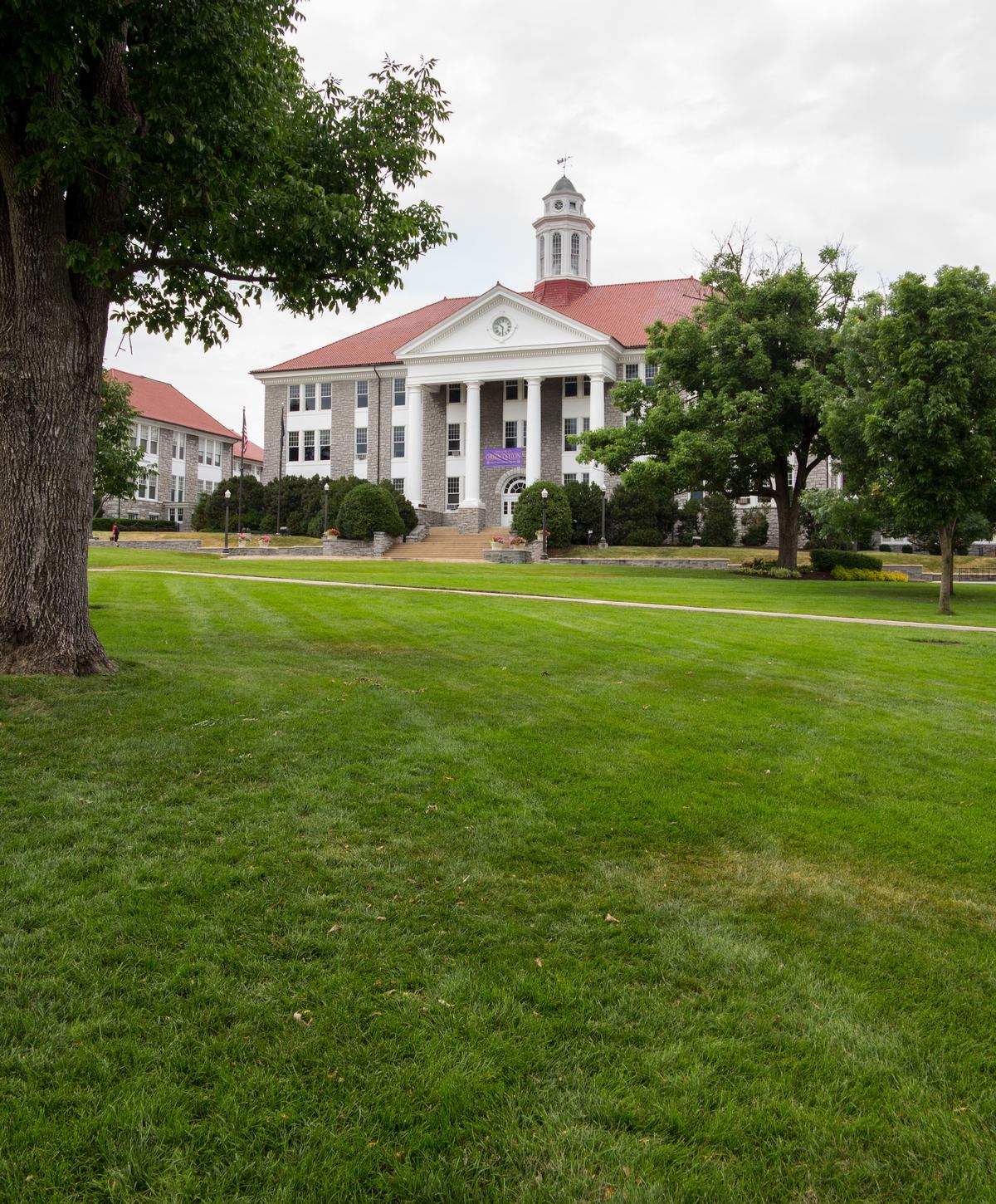
5. Harrisonburg Activities
This is one of those places that instantly feels warm, creative, and full of life, and its location in the heart of the Shenandoah Valley is amazing!
We drove a little over an hour from Charlottesville and for the night, we stayed in a Non-smoking room with two Queen Beds at 4-star Doubletree by Hilton Harrisonburg (around $287/night) - the indoor pool is a standout.
Even if you aren’t typically drawn to smaller cities, I highly recommend visiting because of how scenic, relaxed, and welcoming it is.
Much like other college towns, Harrisonburg has a surprising amount to do for its size. James Madison University gives the city a youthful energy, while the surrounding mountains provide endless outdoor opportunities. Whether you enjoy hiking, breweries, history, or just wandering around a charming downtown, there’s something here for everyone. We think it’s a great place to visit year-round, but spring and fall are especially beautiful thanks to wildflowers and vibrant foliage.
The only real challenge with a day trip to Harrisonburg is narrowing down what to see. Personally, downtown Harrisonburg, Shenandoah National Park, and the Edith J. Carrier Arboretum top my list. Downtown is walkable and packed with local shops, coffee spots, and restaurants, while the Arboretum is a peaceful (and free) way to experience the area’s natural beauty without committing to a long hike.
If you have extra time, Skyline Drive in Shenandoah National Park is a must. While the park itself has an entrance fee, the views alone are worth it, especially if you’re visiting during fall. There are also countless short hikes nearby if you want to stretch your legs without spending the entire day on the trail.
Driving is by far the easiest way to get to Harrisonburg. From Washington, DC, it takes about 2–2.5 hours, depending on traffic, and from New York City, you’re looking at roughly 6–7 hours. Unlike larger cities, driving here is stress-free, parking is easy, and you won’t need to worry about navigating complicated public transportation systems.
Public transportation options are limited, so if you don’t have a car, getting around can be tricky. That said, once you’re downtown, most things are close together, and ride-shares are readily available.
One of my favorite things about Harrisonburg is the food and drink scene. For a city of its size, the diversity is impressive—from farm-to-table restaurants to international cuisine and locally loved breweries. It’s the perfect place to slow down, eat well, and enjoy the surroundings.
Just a heads up that the choice of things to do here may be overwhelming to a first time visitor. If you want a more curated experience rather than exploring on your own, Harrisonburg and the surrounding Shenandoah Valley region offer several great tours and guided options.
Joshua Wilton House is a must-visit for a romantic dinner in a historic setting, built around 1888 in a Late Victorian style, my personal highlight.
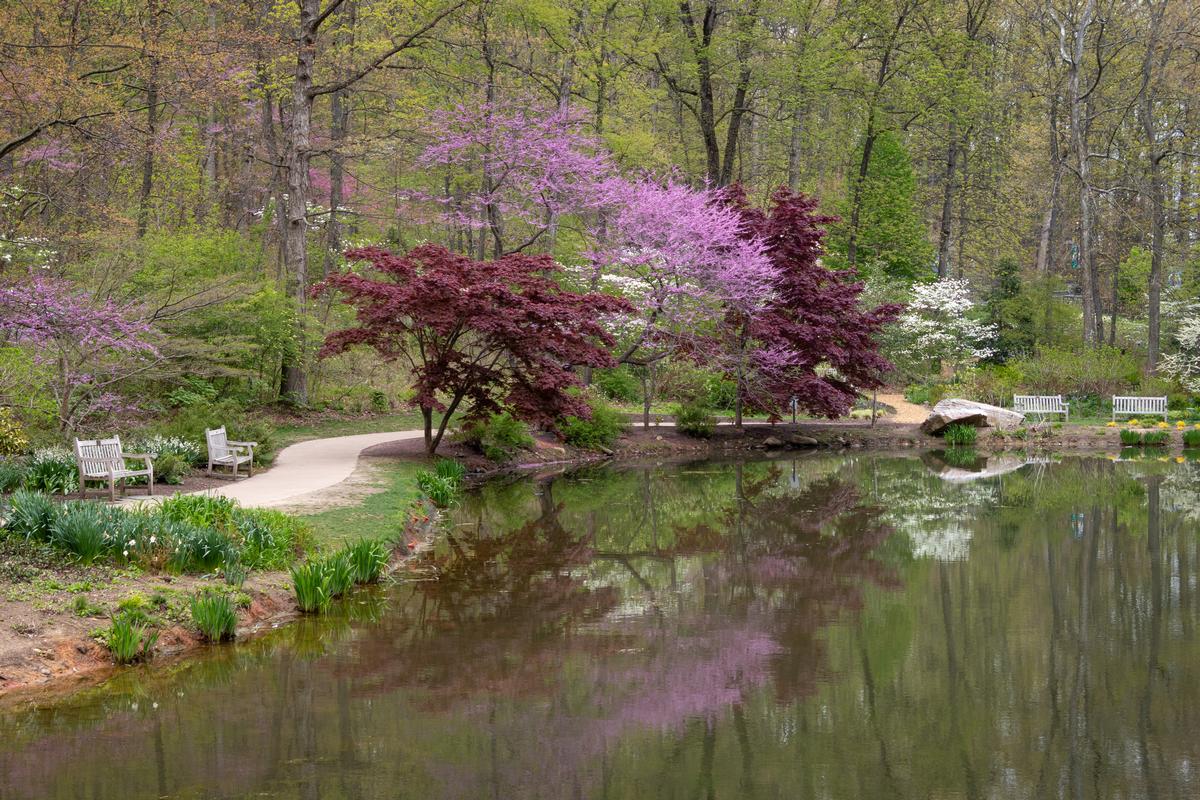
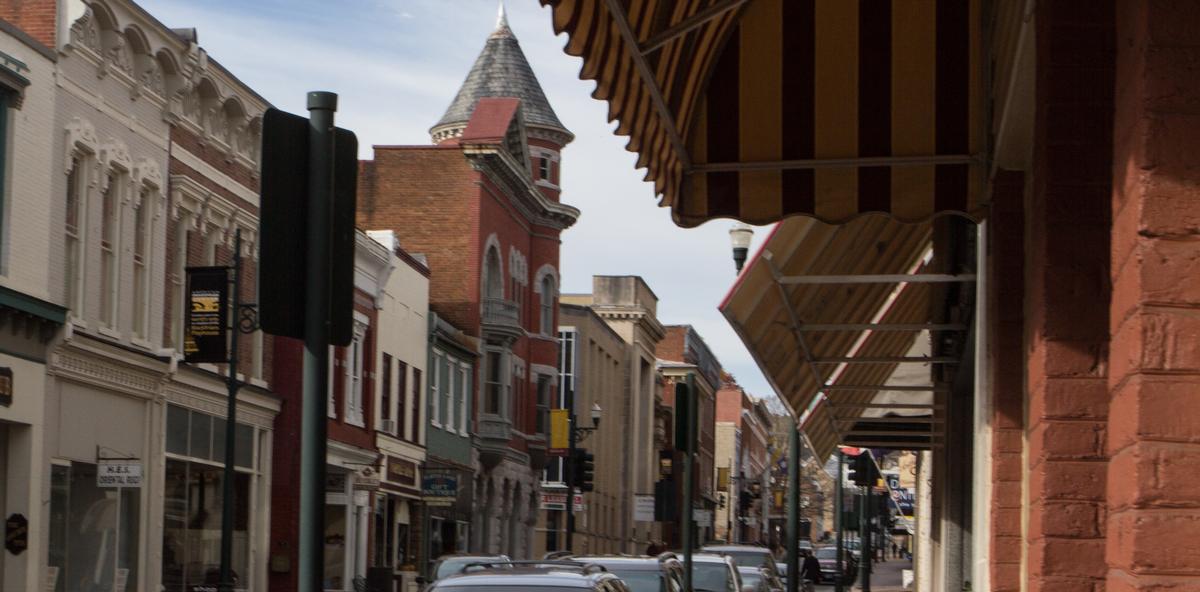
6. Things to Do in Staunton
This is one of the most delightful small cities I’ve visited in the Shenandoah Valley, and honestly, it's one of my favorite stops in Virginia. I think that its brick-lined streets and mountain backdrop create a special atmosphere for a romantic weekend getaway, just 35 minutes from Harrisonburg.
We wandered through the compact downtown in the "Queen City of the Shenandoah Valley", where Beverly Street immediately won me over with its historic architecture.
A highlight I didn’t expect was visiting the Blackfriars Playhouse, the world’s only re-creation of Shakespeare’s original indoor theater.
Later, we slowed the pace with a walk through Gypsy Hill Park, where winding paths, and open green spaces, gave us room to breathe and enjoy the moment together.
For the night, staying at the Blackburn Inn was my personal highlight, a boutique hotel in a restored 1828 building with modern comforts and historic character (around $225, elegant and distinctive).
Best Day Trips in Central Virginia / Piedmont
I head to Central Virginia’s Piedmont region when I'm in the mood for history, lovely landscape, and cultural finds. Here are my favorite stops:
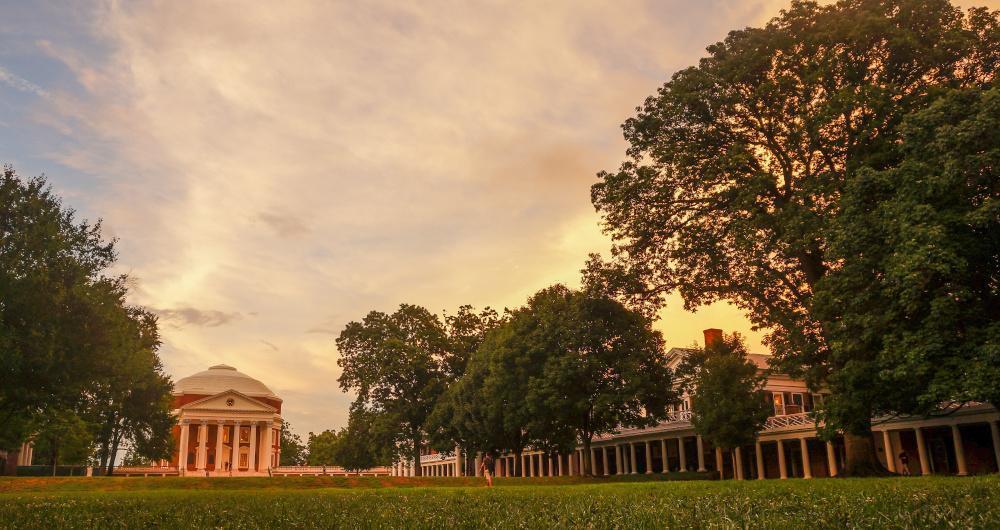
7. What to See in Charlottesville
This city is one of my go-to spots when I want a last minute family weekend getaway full of history, great food, and culture.
We started on the Downtown Mall, where the wide pedestrian streets made it easy and relaxed to explore with our son. Street performers, bookshops, and ice cream spots kept him entertained while we enjoyed the lively but unhurried atmosphere. We checked into Omni Charlottesville Hotel where our room with two Queen beds for the night was very comfortable, and having access to a choice of restaurants onsite (and in-room dining) was super convenient.
My favorite part was walking through the University of Virginia campus next day where the open lawns and beautiful architecture gave us space to slow down. We let our son run a little, and then we all talked about history in a way that felt natural and engaging.
Spending an afternoon with open countryside views at Monticello was a standout, because turned out to be both meaningful and family-friendly.
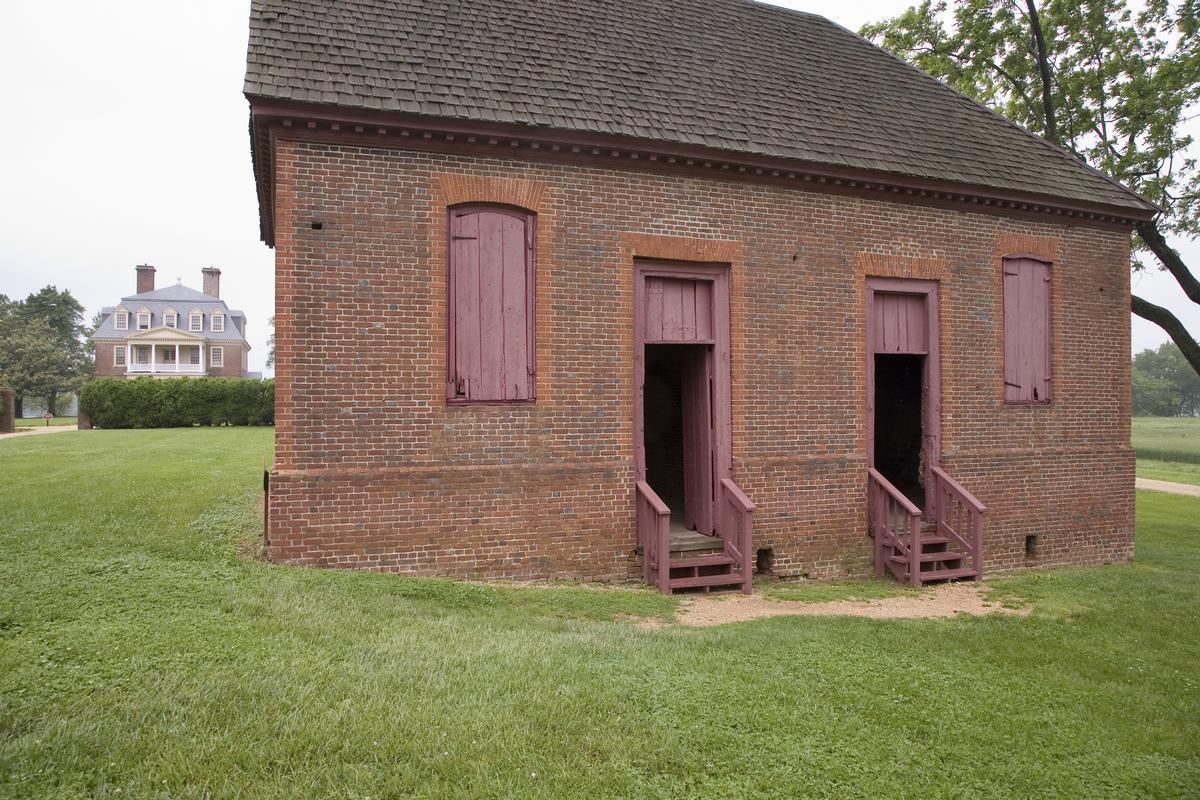
8. Historic Shirley
This estate is one of my go-to places when I want a calm, immersive step into Virginia’s past, and I think it's one of the best day trips from Richmond for history buffs (about 35 minutes by car).
My favorite part was walking around the Great House, and imagining all the lives and stories that had passed through its rooms over centuries.
Historic Shirley, established in 1613 and settled permanently in 1638, stands as a masterpiece of Georgian architecture with an iconic “flying staircase” that seems to float upward without visible support.
We spent time outside afterward (my favorite highlight!), wandering the grounds and looking out over the James River. The stillness there was striking, broken only by birds and the gentle movement of water. It’s easy to imagine guests arriving by riverboat centuries ago, greeted by the same view across the water.
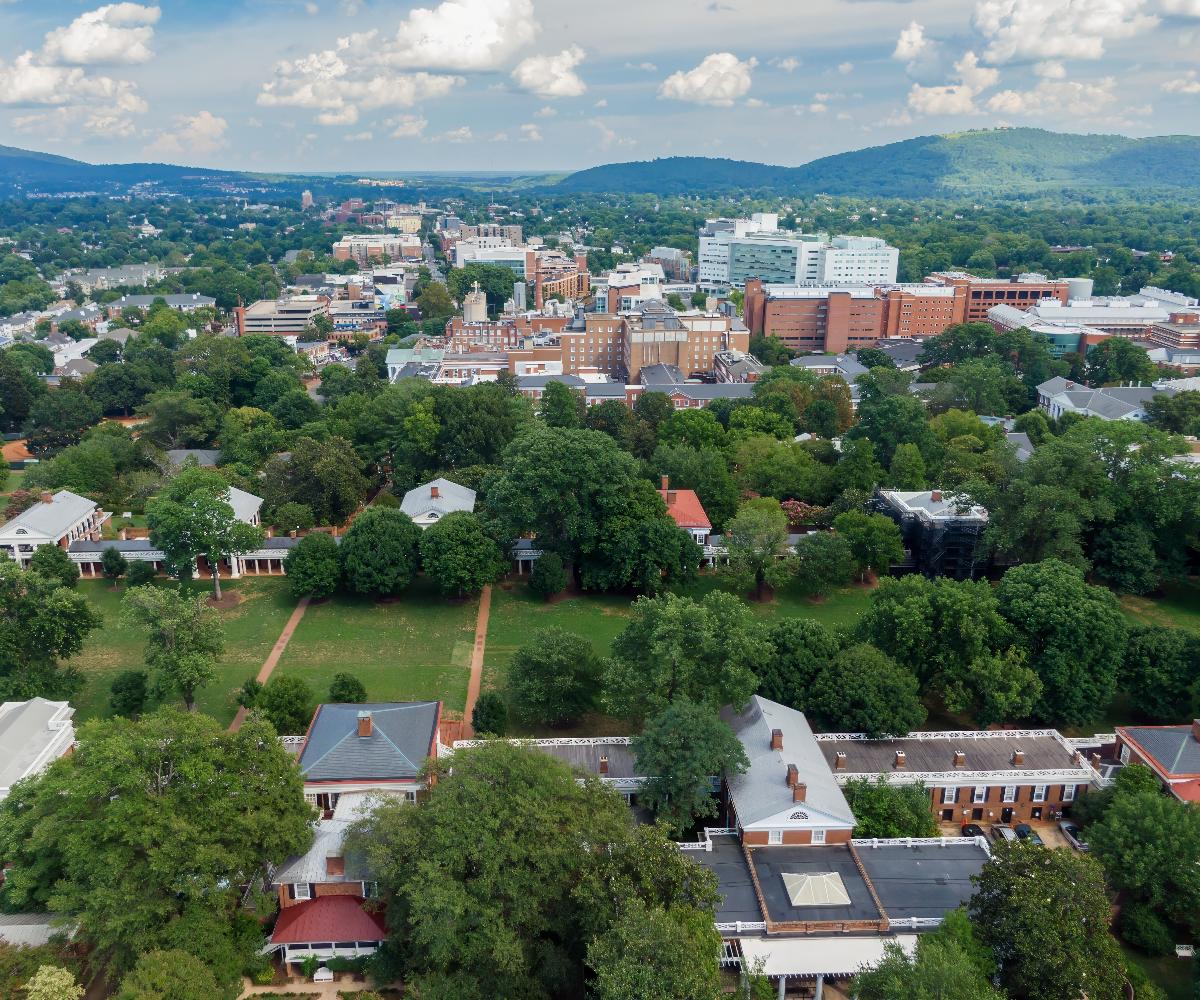
9. Fredericksburg in 48 Hours
This historic Virginia town completely won me over with its mix of charming boutiques, cozy cafés, rich Civil War history, and riverside scenery.
I drove just about an hour south from Washington, D.C., and spent three leisurely days enjoying Fredericksburg’s walkable downtown, exploring antique stores along Caroline Street, and learning about the town’s colonial and Civil War past at the Fredericksburg Battlefield (free to visit) and the Mary Washington House ($10 per person Adult admission).
I loved how in summer, the Rappahannock River comes alive with kayaking and riverside picnics, while locals told me that winter brings a quiet, storybook calm — with candlelit taverns, festive lights, and cozy restaurants serving up Southern comfort classics.
We stayed in a King Bed, Balcony room at the The Publisher Fredericksburg for two nights, complete with Blackout drapes which gave us a restful sleep after exploring on vacation.
For lunch and dinner, we enjoyed sampling diverse local restaurants, including Fahrenheit 132, a steakhouse using local ingredients, Orofino, an Italian restaurant with pasta and great pizza, Park Lane Tavern, an European-inspired tavern, and Sedona Taphouse, a steakhouse that also features a large craft beer selection!
Just 8 minutes by car, I reached the Gari Melchers Home and Studio at Belmont which feels like a hidden world - the historic estate that once belonged to American Impressionist painter Gari Melchers.
A downside? Even though the city’s less expensive than big cities nearby, boutique stays and fine dining can still stretch the budget a little!
Best Places to Visit in Hampton Roads / Tidewater
I think this is one of the coolest regions to visit in Virginia! Why? Defined by its waterways, naval heritage, and coastal landscapes, this region offers a rich mix of historic forts, maritime culture, and the loveliest waterfront cities.
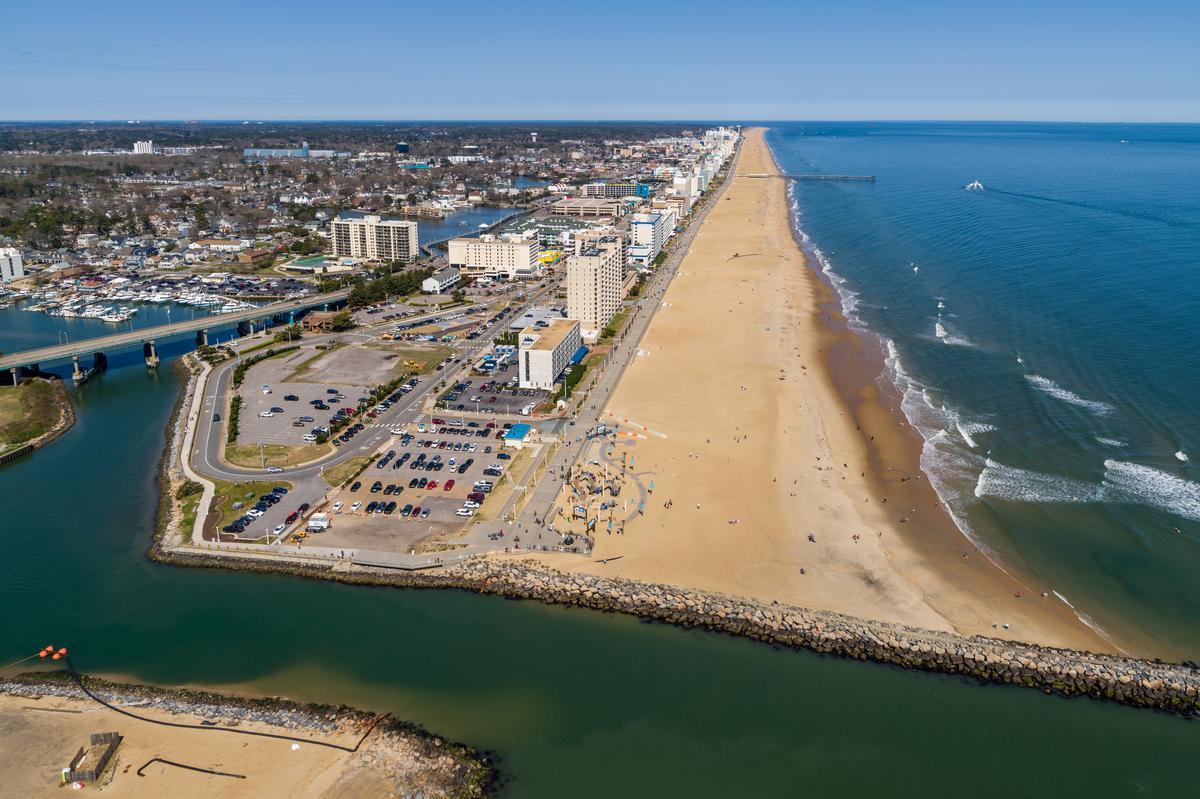
10. Virginia Beach
Just a simple drive down the coast, this was the perfect family beach escape — relaxed, spacious, and built for slowing down together. It had that ideal mix of classic beach fun, nature breaks, and low-effort exploring that works especially well with kids in tow.
If you’re craving a beach escape with history, nature, and endless ocean views, Virginia Beach is one of my favorite beaches in the U.S., just about an hour from Williamsburg. For the night, we stayed at the Cavalier Hotel, a grand landmark with comfortable family-friendly rooms (around $239).
We started the morning along the Virginia Beach Boardwalk (three-miles long!) cruising past the ocean as the sun came up. By midday, we headed to First Landing State Park for a picnic under the pines and an easy-going family beach day.
Beyond the surf, the Virginia Aquarium and nearby Back Bay National Wildlife Refuge added a quieter side of exploration, with trails, marshes, and wildlife viewing.
In the afternoon, we explored ViBe Creative District, and had ice cream at Be Free Craft Ice Cream Cafe, my personal highlight.
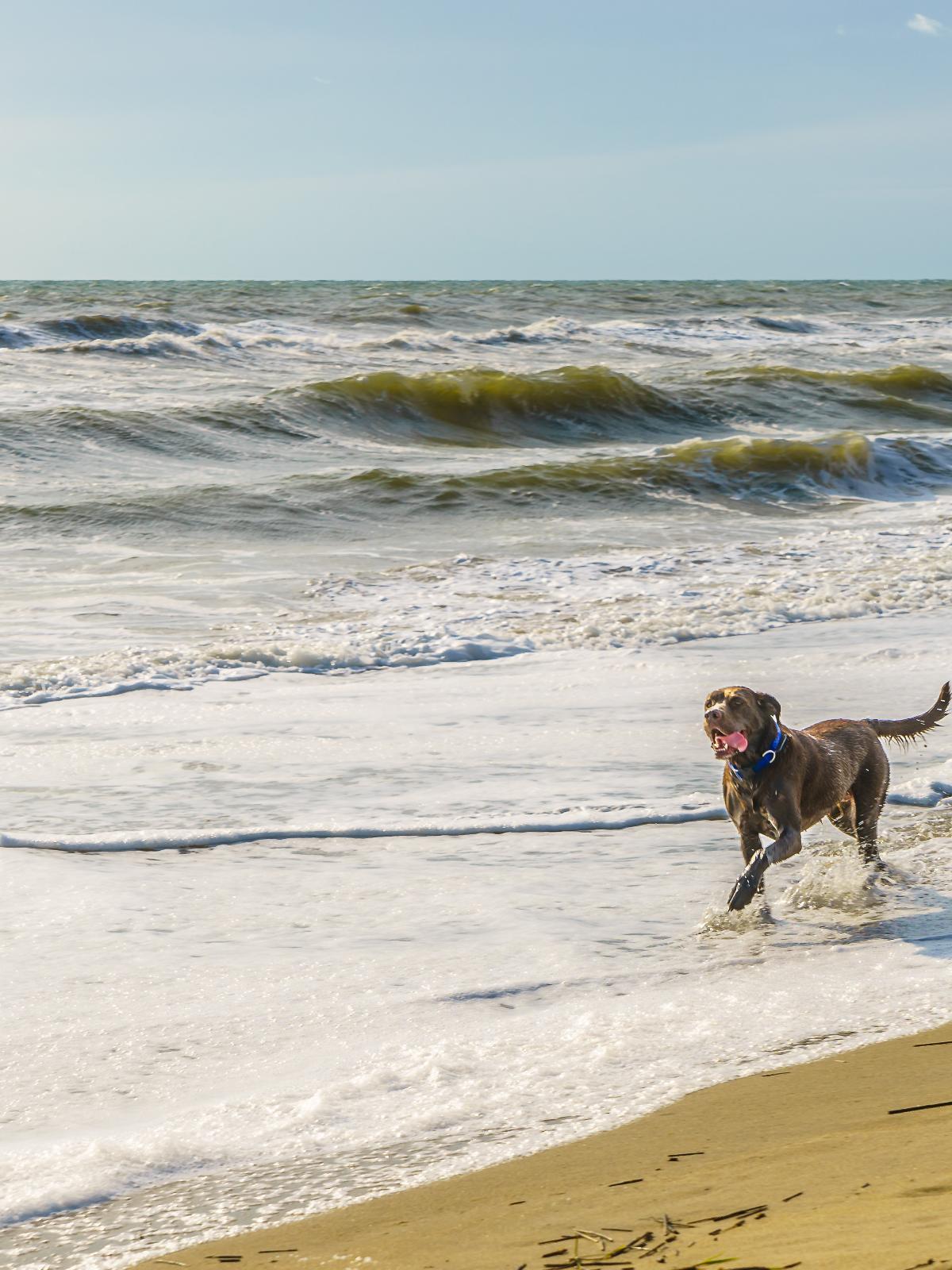
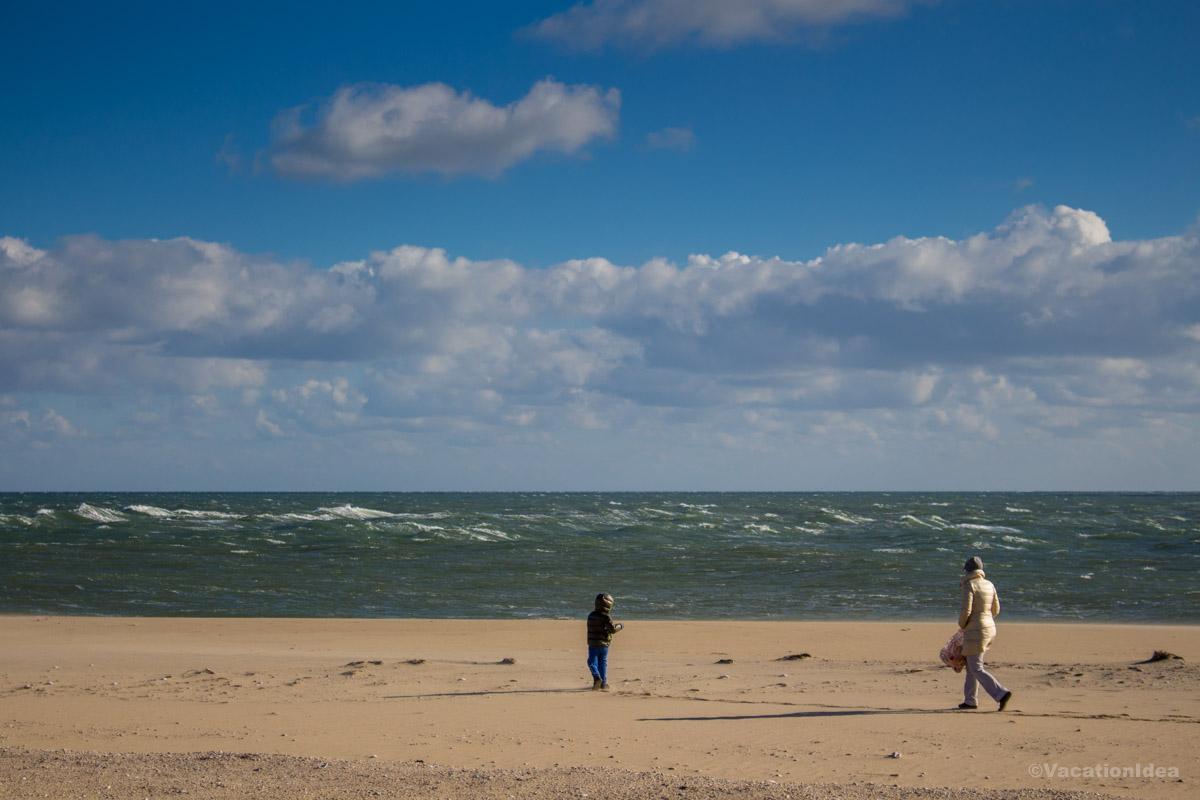

11. Attractions in Norfolk
This city, tucked between the Chesapeake Bay and the Atlantic-connected waterways, is one of my top picks when I'm in the mood for a waterfront location and maritime heritage!
For the night, we stayed at the Glass Light Hotel, a boutique spot filled with contemporary art and sleek design (around $240, stylish and modern).
We started through the downtown waterfront, stopping at the Nauticus maritime museum and strolling past the Battleship Wisconsin ($19.95 admission for Adults, $16 for kids). Nearby, the NEON District showcased colorful murals, galleries, and studios that highlight Norfolk’s growing creative community.
Our son had so much fun at Mermaid Factory decorating his own plaster dolphin to take home and I found it to be such an affordable family experience (under $30)!
Just 20 minutes from Virginia Beach and under two hours from Richmond, the "Mermaid City, USA" offers a lively, art-filled escape shaped by its ties to the sea, and that's why I think it's one of the best places to visit in the state!
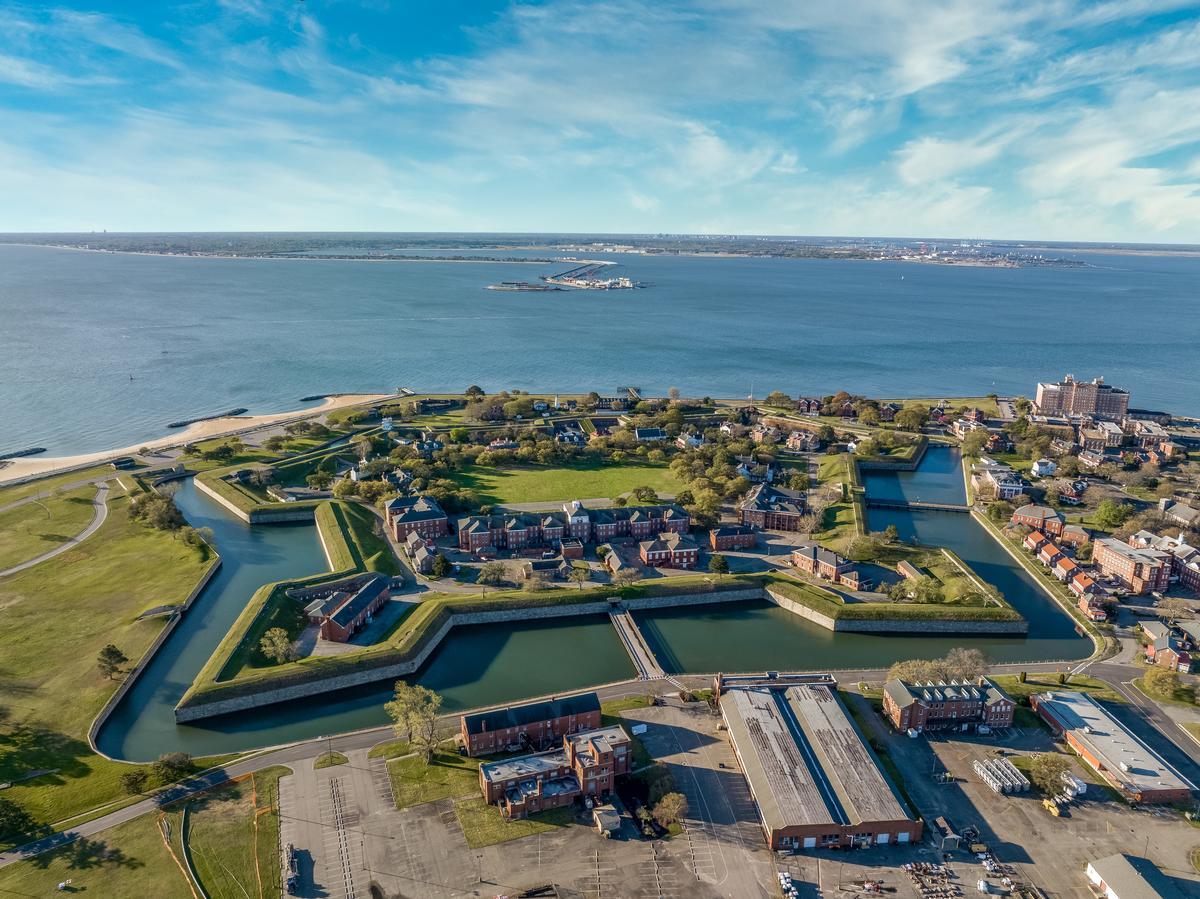
12. Fort Monroe - 1.5 hours southeast from Richmond
Exploring this Hampton spot was one of the most exciting and unusual adventures I’ve had on a day trip in Virginia (just 30 minutes from Norfolk!). I learned that it's the largest stone fort ever built in the United States, complete with a moat and stunning Chesapeake Bay views.
I loved wandering through the old stone walls and discovering secret passageways, historic quarters, and cannons—it felt like stepping back into a piece of American history.
In addition, we enjoyed the museum inside the fort, which told the fort’s story from the 1600s to its role as “Freedom’s Fortress”—it was both educational and inspiring.
What fascinated me most was that Fort Monroe is where enslaved people first found freedom during the Civil War - standing at the Emancipation Oak nearby was a powerful, meaningful moment.
The beaches here were an absolute best surprise—soft sand, calm water, and plenty of space to relax or enjoy a sunset stroll.
One of my favorite things was how affordable and accessible the site was—you can tour much of it for free, making it a brilliant idea for an affordable family outing.
Best Places to Visit on the Eastern Shore
When I crave peace and relaxation, Virginia’s Eastern Shore is my go-to spot, shaped by the Chesapeake Bay on one side and the Atlantic Ocean on the other.
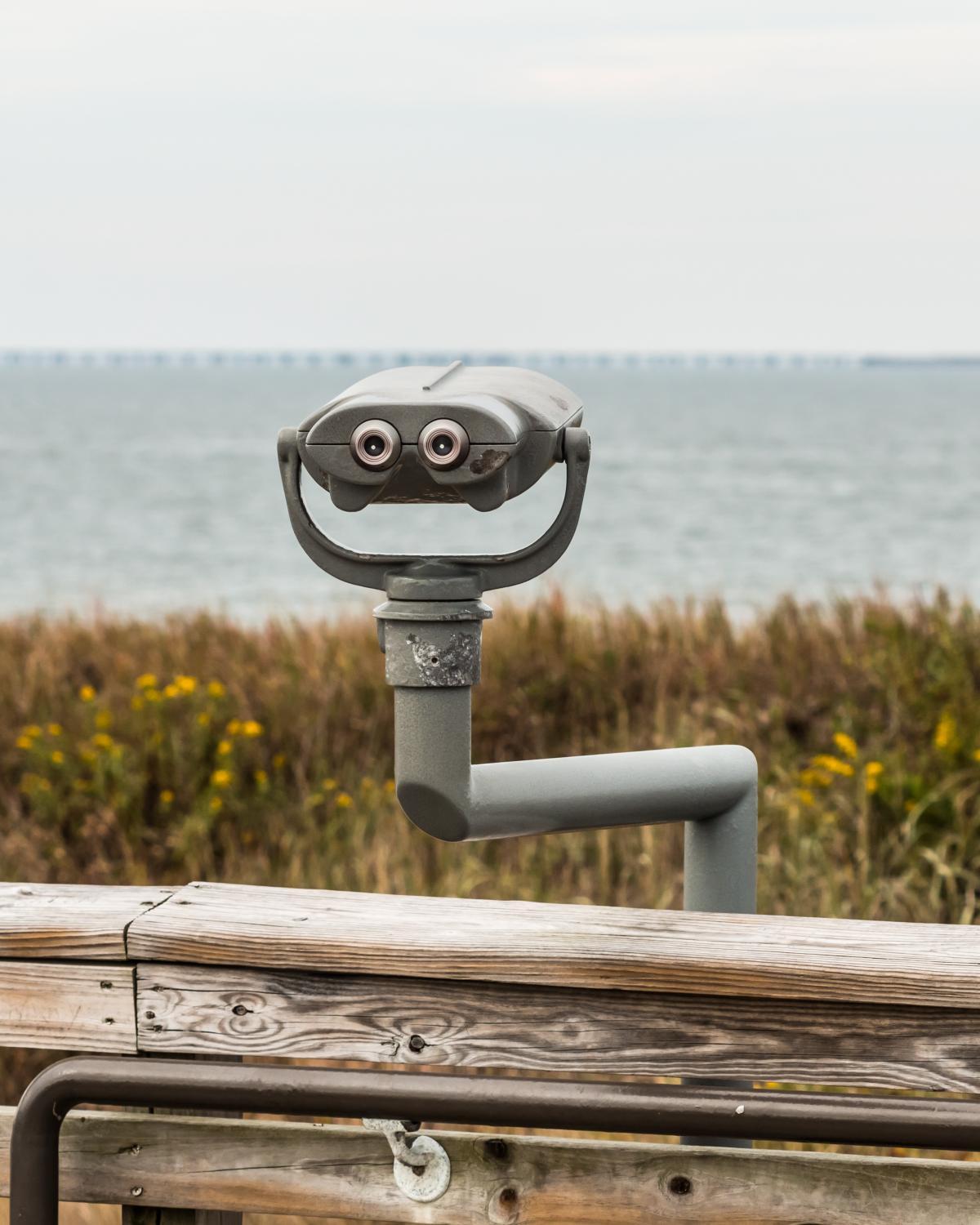
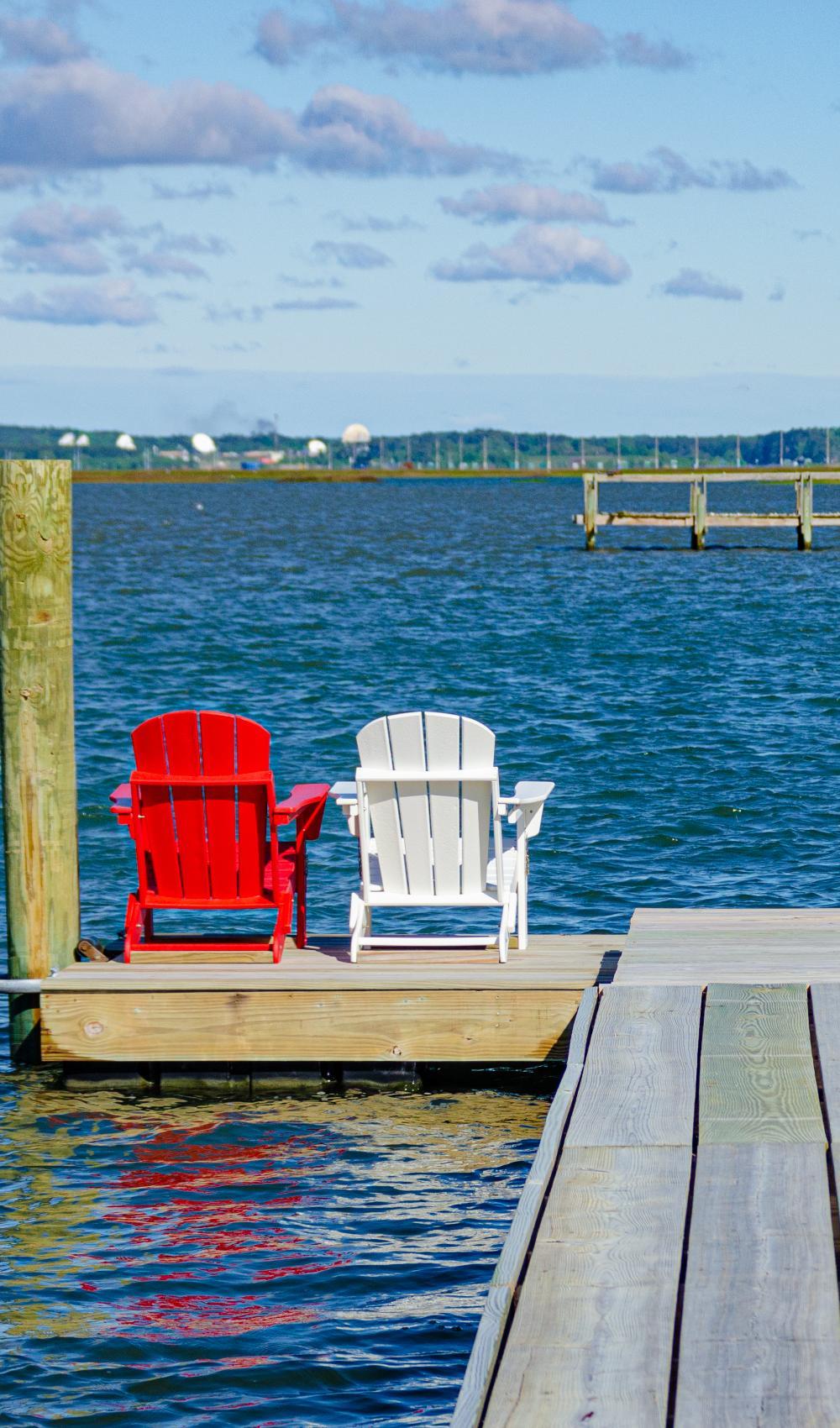
13. Chincoteague Island
If you love wildlife and open spaces, this spot is a dream! At the edge of Virginia’s Eastern Shore, where land gives way to salt marsh and sea, this place feels like a world apart and is one of my favorite places to visit in Virginia for a quiet weekend.
Established in 1943, the refuge covers thousands of acres on Assateague Island, protecting diverse coastal habitats. It’s best known for the famous Chincoteague ponies, descendants of wild horses that roam on the dunes and marshes with a kind of quiet grace.
Seeing wild horses in the distance, manes lifted, feels like witnessing a piece of American folklore come to life, my favorite highlight.
Booking Checklist
1. Book Your Flight - I use Expedia because I like their mobile app with my itinerary. They've helped me re-book flights on many occasions. Once you reach their Gold tier, support is especially good.
2. Book Your Hotel - I use Booking.com or Expedia, depending on my destination.
3. Book Your Rental Car - I use Expedia.
4. Book your tours on Viator or Get Your Guide.
5. If you are planning to visit more than three national parks in the next 12 months, buy the America the Beautiful Pass.
